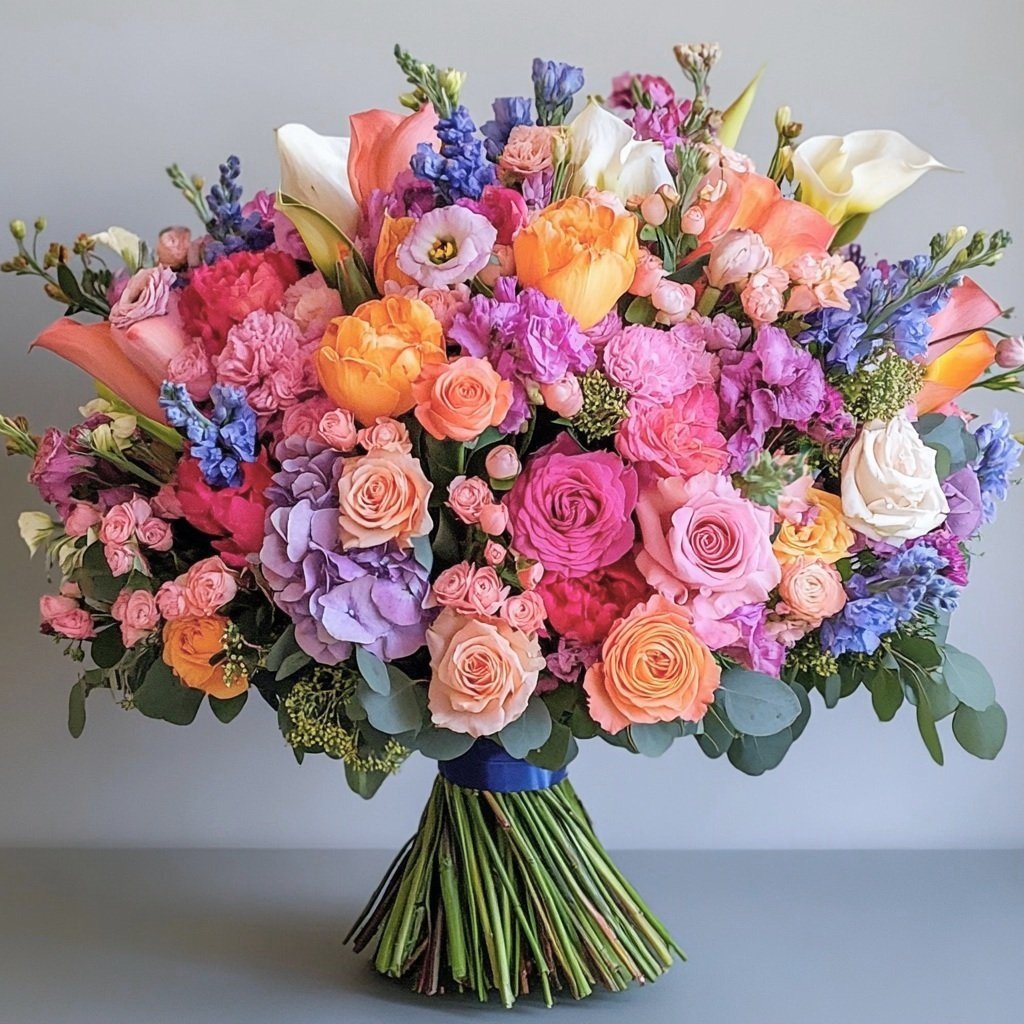Guide to Caring for Cut Hydrangeas
Hydrangeas are renowned for their stunning blooms and vibrant colours. To ensure that your cut hydrangeas remain fresh and beautiful, follow these care instructions:
1. Preparing the Stems
Trim the Stems: Use sharp, clean scissors or a knife to make a diagonal cut at the base of each stem. This increases the surface area for water absorption.
Remove Lower Leaves: Strip any leaves that will be below the waterline in the vase to prevent rot and bacteria growth.
2. Hydration
Conditioning: Place the cut hydrangeas in a bucket of water immediately after cutting. Allow them to hydrate for a few hours or overnight if possible. Ensure the water is at room temperature for optimal absorption.
3. Choosing the Right Vase
Vase Selection: Use a clean vase that can hold sufficient water. A tall vase helps support the hydrangeas and keeps their blooms upright.
4. Watering
Fresh Water: Fill the vase with clean, lukewarm water. Change the water every two days to prevent bacterial growth.
Flower Food: If available, add flower food to the water to help extend their lifespan. Follow the instructions on the packet for the correct amount.
5. Light and Temperature
Light Conditions: Place your hydrangeas in a spot with indirect sunlight. Direct sunlight can wilt the blooms quickly.
Room Temperature: Keep the flowers in a cool room, avoiding areas with heat sources, such as radiators or televisions.
6. Pruning
Deadhead Regularly: Remove any wilting blooms to encourage new growth and to keep the arrangement looking fresh.
7. Final Tips
Avoid Ethylene Gas: Keep hydrangeas away from ripening fruits and vegetables, which release ethylene gas and can cause premature wilting.
Misting: Misting the blooms lightly can help maintain their humidity and freshness, but do not saturate them.
By following these steps, your cut hydrangeas should remain vibrant and beautiful, enhancing your home or event with their lush presence.
